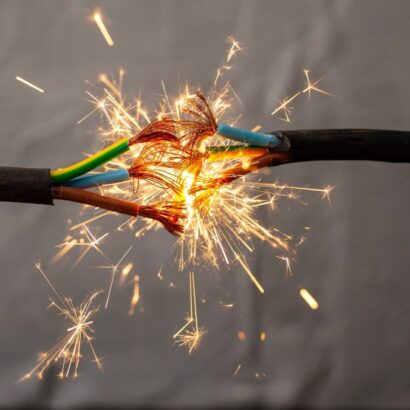COVID-19 Tests Limits of Non-GAAP Reporting

How many times can you write off a one-time cost?
How often can a non-recurring expense recur?
What is the sound of one hand clapping?
These are not riddles posed by a Zen master. (Okay fine, except the third one.) Instead, they are accounting enigmas for companies affected by COVID-19, which have reached a near-existential level of complexity at this point in 2020. “One-time charges” have even been the subject of recent Twitter conversation – so, you know they are on the corporate world’s collective mind.
Public companies, of course, have spent a great deal of money coping with COVID-19. They’ve issued hazard pay, paid pandemic bonuses, bought PPE for employees, and incurred extra cleaning costs. The specific accounting issue they face is this: can they present non-GAAP financial metrics that give an indication of how they would be performing in a world without COVID-19? The SEC has been clear in stating that companies cannot adjust for lost revenue. But it is generally acceptable to adjust financial metrics for unusual costs, and in the case of COVID-19, doing so can make the balance sheet look a lot prettier. DuPont de Nemours, for instance, went from a $2.4 billion loss to a $514 million gain in non-GAAP income after adjusting its second quarter numbers.
Such expenses are variously referred to as “one-time” or “non-recurring” costs. Nonetheless, there is no bright-line rule that companies can only adjust for them one-time, or that they cannot reoccur. Which is why you hear experts in the field talking about such head-spinning concepts as “recurring nonrecurring charges.”
The SEC has offered general guidance on the issue that falls short of specific direction on, say, whether or how long a manufacturing plant can adjust for the expense of installing plexiglass barriers on the factory floor. That’s understandable. It’s impossible to say in October of 2020 whether that is now a regular cost of doing business, because no one knows how long the pandemic will last. Instead, the SEC has underlined the fact that it’s inappropriate for companies to use non-GAAP metrics “for the sole purpose of presenting a more favorable view of the company.” And in March, the agency noted that when presenting non-GAAP metrics that adjust for COVID-19, it’s a best practice to “highlight why management finds the measure or metric useful and how it helps investors assess the impact of COVID-19 on the company’s financial position.”
In answering the questions at the top, one popular line of thinking could be called the “two strikes and you’re out” rule. If a company has adjusted for a COVID-19-related cost two quarters running, it goes, that’s where the adjustment should end.
Ernst & Young, meanwhile, has outlined a different, instructive framework that several companies have put to use. The auditor said non-GAAP metrics should be used for COVID-19-related costs only when two conditions are present: (1) they are “incremental to charges incurred prior to the outbreak and not expected to recur once the crisis has subsided and operations return to normal;” and (2) they are “clearly separable from normal operations.”
Recent filings from three different companies all seems to draw on the E&Y framework. In its second-quarter 10-Q, for instance, Knight-Swift Transportation Holdings adjusted for costs that “are clearly separable from our normal business operations and are not expected to recur once the pandemic subsides.” Iron Mountain and Oportun Financial Corp. filed second-quarter 10-Qs with nearly identical language.
E&Y also said that a non-GAAP metric “can be misleading if it excludes nonrecurring charges but does not exclude nonrecurring gains.” The true Zen masters, in other words, would treat positive adjustments, like CARES Act relief and insurance payouts, the same way they treat their COVID-19-related expenses.



